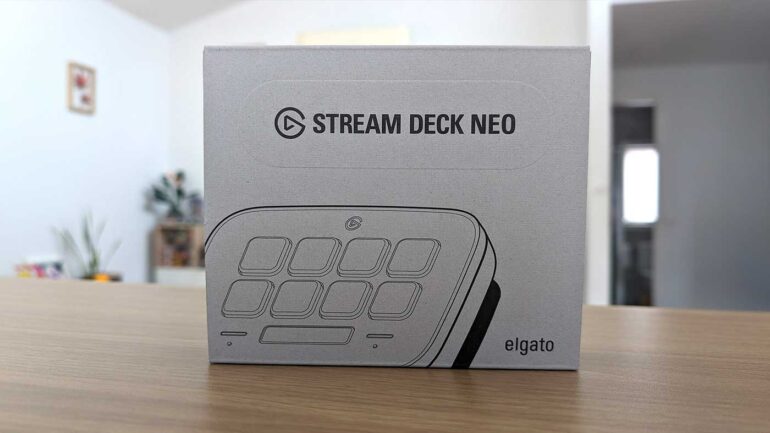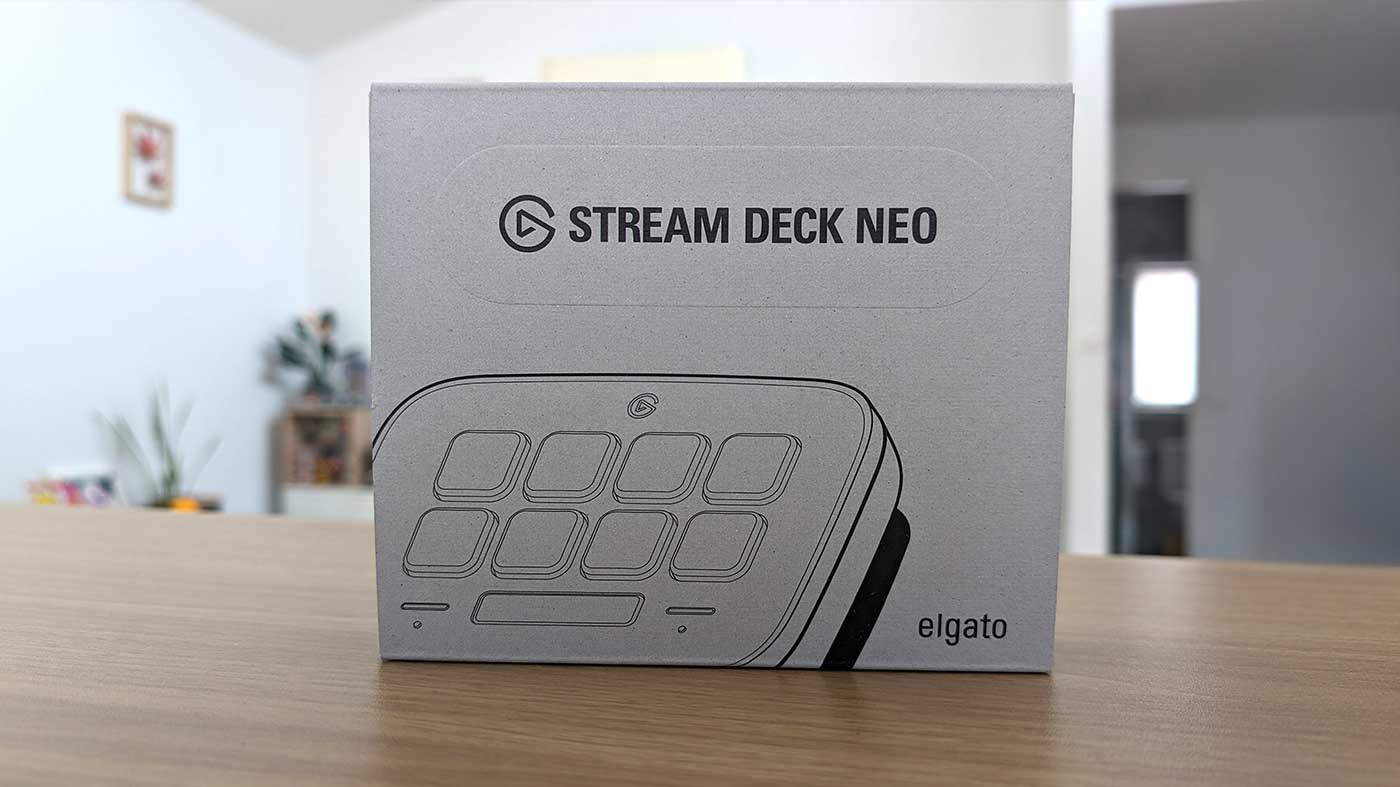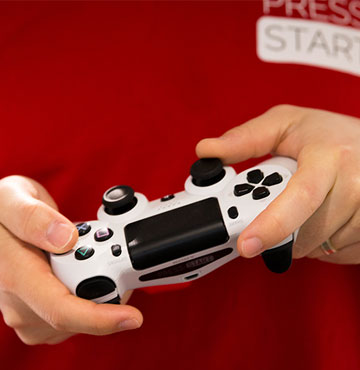The Elgato Neo series has to be one of my favourite initiatives from the company in a while. After making huge waves (pun intended) in the markets for streaming gear in a bunch of categories, it almost felt like there was not enough room for improvement for Elgato to keep refreshing existing lines, so this side-step to a broader home office/content creation segment with a focus on affordable and environmentally-conscious products is a winning move.
In the spirit of recycling, you’ll read that same opening paragraph in my reviews of the company’s Wave Neo, Key Light Neo and Game Capture Neo, but as someone who regularly uses a Stream Deck+ for everything from podcasting to image and video editing, the idea of a tiny, portable Stream Deck that I could chuck in my bag and use on the go with my MacBook made it one of the most intriguing bits of the product line-up. After having subbed the Stream Deck Neo in for its big brother for the last couple of weeks, and taking it on a last-minute interstate trip, I think it could actually be my new daily Deck going forward.

In the odd chance you need an introduction to the general idea of Elgato’s family of Stream Decks, these are essentially very customisable control panels for your streaming or creation needs that feature an array of buttons, each with its own LCD display, that can be made to perform just about any function you’d like. While the vanilla Stream Deck features 15 of these customisable buttons in total, other versions sport varying layouts and numbers, or swap keys out for extra dials and touch displays (like the Stream Deck+). The Neo, on the other hand, shrinks that number down to just eight to facilitate a far smaller overall device, though it has some bonus flourishes that the other Stream Decks don’t.
Removing the Stream Deck Neo from its sustainable, recycled packaging (I love these new Elgato Neo boxes), it’s clear simplicity is the aim here. In the box is the device itself and… that’s it. The stand and USB-C cable are attached, so there’s no real assembly element here. You’re able to just take the thing out, bung it in the nearest USB-C port and watch it light up. This does present one immediate issue, which you may or may not have already noticed depending on your situation. This is USB-C only, and the cable is not detachable, so you’ll need an adapter of some kind if you’re working with USB-A ports. The cable is also quite short, and in the end I’ve had to use an adapter and extender to be able to have mine where I had the Stream Deck+ on my desk.

That little hiccup aside, once you’ve downloaded and installed the Stream Deck software on PC you’re pretty much good to go. The most exciting part of getting a new Stream Deck, at least as far as I believe, is diving in and customising all of your keys with the myriad of potential functions. I don’t want to admit how long I’ve spent crafting custom images for dozens upon dozens of keys for my other Stream Decks, often redoing the entire thing just for a change of mood, and the Neo has been the same.
One neat point-of-difference on this one is a cute little LCD panel underneath the eight regular keys that can display things like the time or the page of buttons you’re currently on, with capacitive buttons on either side to scroll through said pages. Right now there’s not a whole lot else you can do with it, with no support for adding custom graphics or plugins outside of what Elgato provides by default, but hopefully that’s something that the company expands on down the track.

Otherwise, the overall experience is pretty much exactly what you get on the other Decks, just much smaller and more portable. This is definitely something aimed at users who might want a more portable suite of macro switches they can chuck in a laptop bag and take with them on trips for content creation or remote streaming, rather than a first choice for someone using it on a desk at home, and for that it’s incredibly well-suited. It’s small, light and looks great (and is made from at least 60% recycled materials) so even if you’re less “gamer” and more “creator” you’d feel comfortable sitting it on a cafe table next to a MacBook and using it for something like Illustrator macros.




